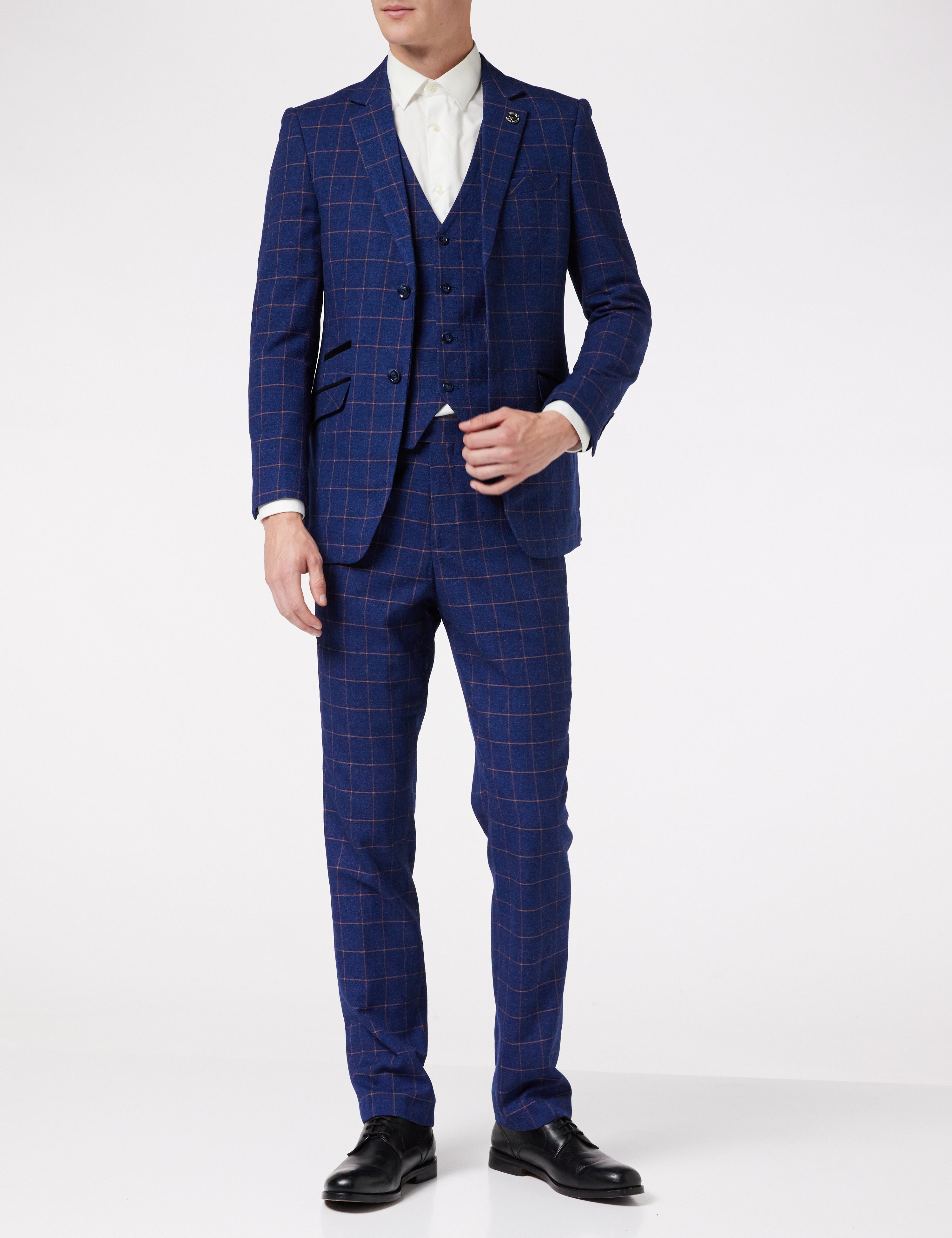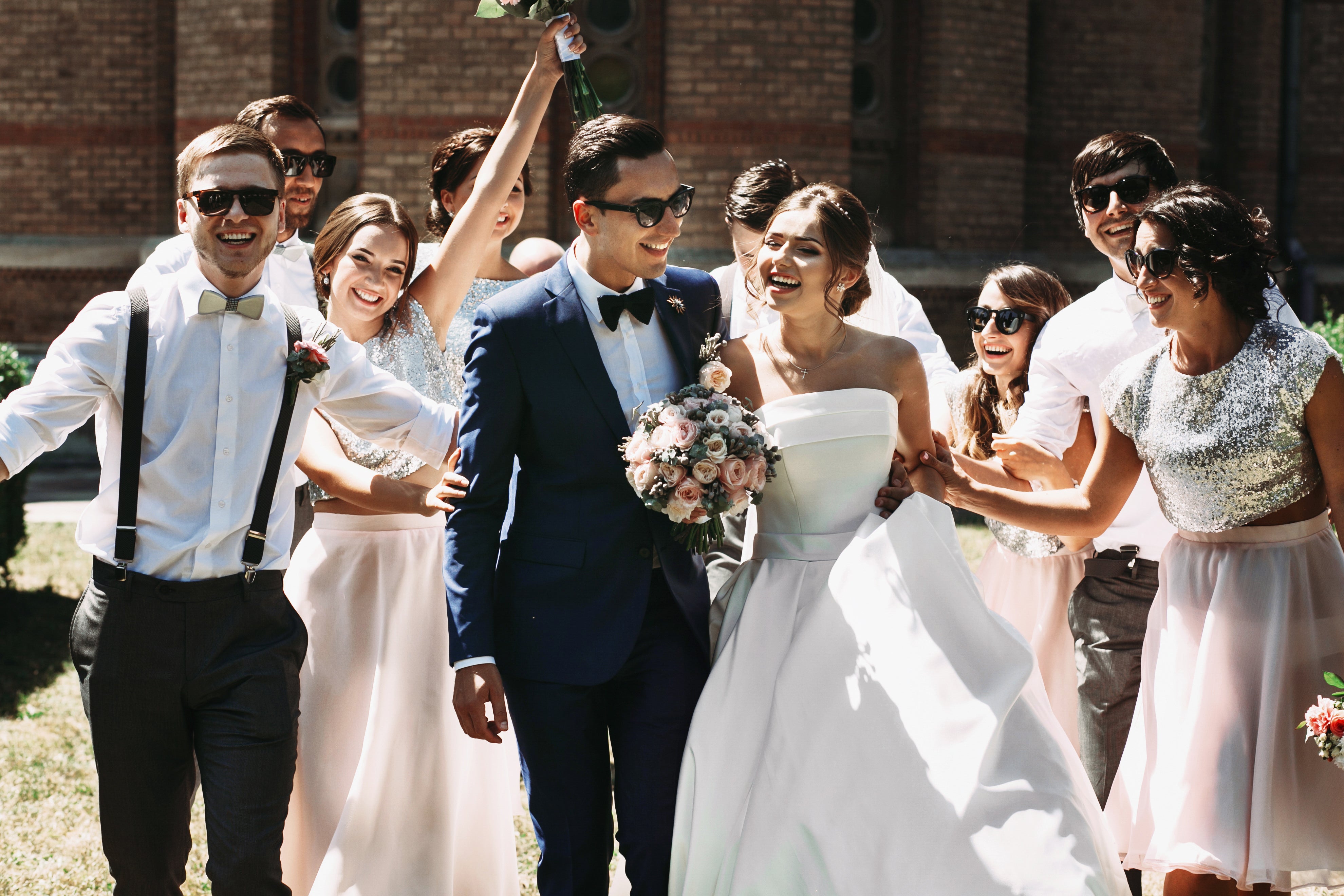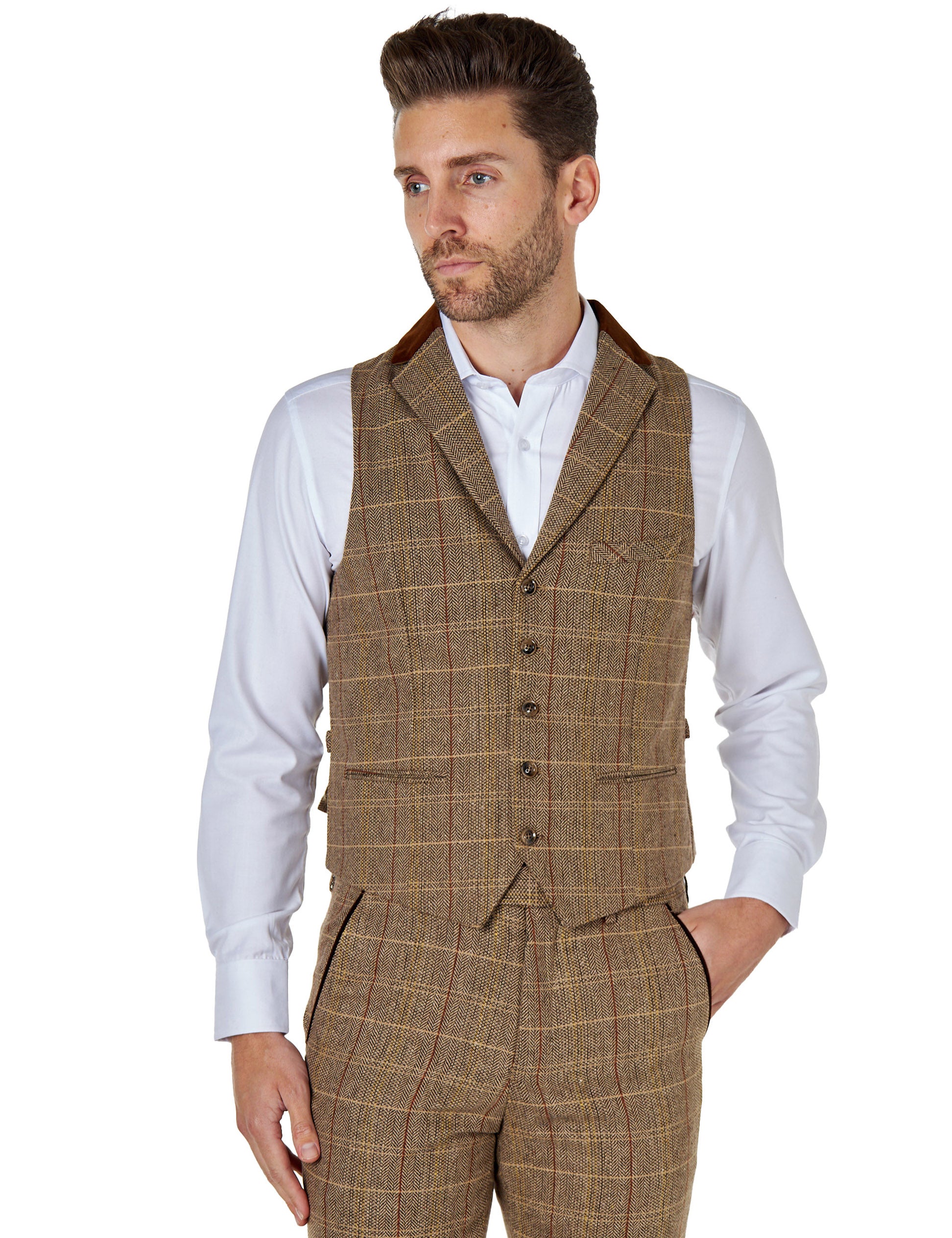How to iron a shirt

If you’ve seen a child through school or worked in an office, there’s a good chance that shirt-ironing is a skill you’ve picked up along the way. But there are still plenty of parents and office workers who have, let’s say, shared the responsibility with someone else. Then suddenly, you’re faced with a crumpled shirt that you need crisp and smart for some life-changing event – and you’re staring at scenes of fabric chaos on the ironing board.
We’re here to help. Master the art of shirt ironing, and it’s a skill that will see you through many an interview, business trip and faraway wedding. Break the task down into manageable chunks and it’s not as hard as it first looks. Here’s how to iron a dress shirt to perfection.
Take it to the board
First up, you do have an ironing board, don’t you? Surprisingly, not everyone does. Sure, in an emergency, a table or kitchen worktop will suffice, but a board is the perfect width, and has curved corners that let you drape the shirt over the edge without accidentally ironing a crease into it.
If you’re not using a board, put some clean, folded sheets down to give a softer surface, and to avoid damaging your tabletop. Otherwise, it’s a case of setting up your board so it’s roughly at waist height.
Prepare the shirt
Is your shirt clean? It’s a really good idea to make sure it’s unworn if possible. Ironing a sweaty shirt can dry it out, only for the smell to return once you’ve been wearing it for a few hours. Ironing a shirt with any visible stains or marks can permanently embed any residues and pigments to the fabric, making it look old and worn even if it’s relatively new.
Undo all the buttons you can – that’s front buttons, cuffs and any collar buttons.
Prepare the iron
Make sure the plate of the iron is clean. Grime can build up on them, and tends to get stuck because water evaporates and leaves a sticky residue. If there’s a residue, start by using soap and water and a soft cloth, but if that doesn’t work, you can move on the baking soda and water, or even toothpaste, which does a pretty good job.
Your shirt should have ironing instructions on it, the most important part of which is the temperature. There’s an image of an iron with one, two or three dots on it, which corresponds to low, medium or high heat. Many shirts can be ironed at low heat – and for white shirts, that helps ensure you don’t burn it, too.
Plug the iron in, put water in it and set the temperature. Now let it warm up.
Start with the cuffs
Iron the cuffs by unravelling them and ironing them flat onto the surface. You should iron on the inside, and go around the buttons – don’t iron over them, as that can cause permanent indentations.
How to iron shirt sleeves
Now, the hardest part – ironing the sleeves. Lay a sleeve along the length of the ironing board, loosely folded along the seam under the arm. Try to stretch and smooth it as much as possible with your hands before you start to iron – any small creases can easily be pressed in and they’ll be hard to remove. Remember, there are two layers here, so make sure the side touching the board is also pulled flat.
Start at the top of the sleeve, drive the sharp point of the iron into the shoulder seam, then gently run the iron along the length of the sleeve to the cuff. A pronounced, sharp crease probably isn’t desirable, so stay a few millimetres from the folded edges, and you’ll get a subtle fold rather than a durable crease.
Carefully turn the shirt over and repeat on the other side of the sleeve. It will have been flattened already, but this will make sure the creases are in the right places. Then, repeat the whole process on the other sleeve.
How to iron a shirt collar
Collars shouldn’t be too tricky as they’re similar to the cuffs. Fold it out so it’s flat, and iron it from corner to corner. Then, fold it back into its natural position and run the iron once over the fold, to keep it good and crisp, but not too flat. The fabric’s own memory will ensure the crease is in the right place.
Shoulders and upper back
Hang the shirt over the narrow point of the ironing board, so the end of the board fills one shoulder. You can now press it with the iron to get a smooth finish, right down the seam. Repeat with the other shoulder, then flatten the yoke (the part between the shoulders) by feeding the shoulders over bit by bit.
The rest of the back
Now, you can bring the shirt fully onto the ironing board, with the collar wrapped around the board’s pointed end and the sleeves dangling on either side. This is a straightforward process – you’re just gliding the iron over the whole back to get it flat.
Finally, the front panels
Flip the shirt over and place the buttonhole side of the front on the board, with the inside of the shirt facing upwards and the rest hanging. Iron it flat in long, smooth strokes, using extra steam if any stubborn creases appear. Sometimes the process of ironing can cause creases if you’re not careful, so always take time to make sure the fabric is flat before ironing.
Now do the final part – the button side front panel. Like the cuffs, iron around the buttons, not over them. Any bits you can’t reach won’t matter too much as they’ll be hidden behind the placket (the layered fabric that houses the buttonholes) and your tie.
Hang it up
Straight away, unplug the iron and hang the shirt up on a good hanger. There might be some residual dampness from the steam in the material. If you let it dry out with any kind of crease or fold, it’ll probably stay there. Use the shoulder of the hanger and gravity to keep the shirt crisp and flat.
Choose quality
Making sure you start out with good quality shirts will always bring better results. It all comes down to the quality of the cotton and tailoring. But following the steps above should ensure you look like the kind of person who’s in control of your life, which is definitely worth five minutes of your time.
Did I unplug the iron?
This is what you’ll think when you’re sitting on the train an hour later. Don’t worry – this is a perfectly normal human reaction. You probably did. And many modern irons have an auto-switch-off function that kicks in after they’re inactive for a while.









